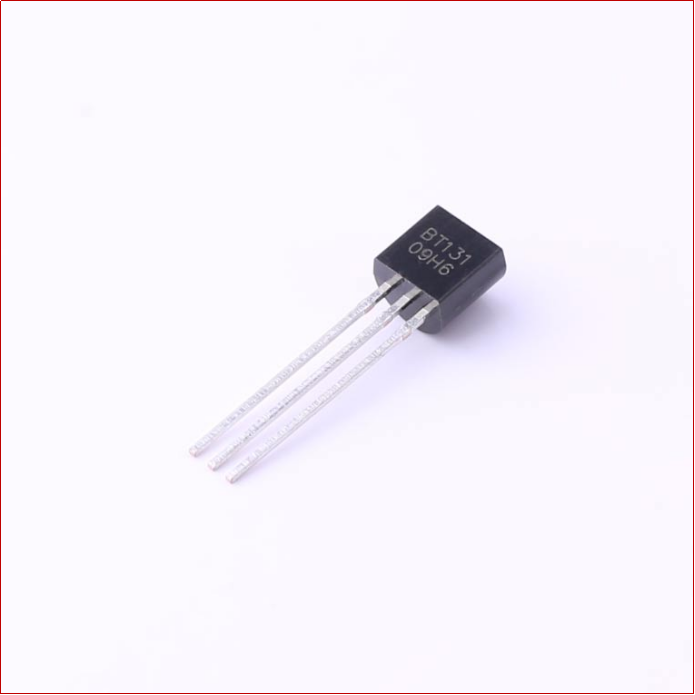Bidirectional thyristor, as a power electronic device, is closely linked to the evolution of power electronic technology. This article will start from the history of bidirectional thyristor, exploring its basic concepts, working principles, application scenarios, and the current state and prospects of the industry market.
History of Bidirectional Thyristor
The bidirectional thyristor (Triac) was first invented by American engineers in the 1950s. Its emergence marked a significant step in the control of high-power equipment in power electronic technology. With the continuous advancement of electronic technology, the performance of bidirectional thyristor has been significantly improved, and its application fields have become increasingly extensive.
Basic Concepts of Bidirectional Thyristor
A bidirectional thyristor is a semiconductor device capable of bidirectional control of current in an alternating current circuit. Compared with the unidirectional thyristor (
SCR), the bidirectional thyristor can control the current in both positive and negative directions, giving it a unique advantage in many applications that require bidirectional control.
Working Principle of Bidirectional Thyristor
The bidirectional thyristor consists of two mutually coupled thyristor parts, each of which can be controlled independently. When an appropriate triggering signal is given, the bidirectional thyristor will conduct, allowing current to flow through. Once it is turned on, even if the triggering signal is removed, the bidirectional thyristor will remain in the conductive state until the current drops below a certain level. This characteristic makes the bidirectional thyristor very suitable for applications that require frequent switching.
Applications of Bidirectional Thyristor
Bidirectional thyristors are widely used in household appliances, industrial control, power systems, and lighting, among other fields. For example, in dimmers, bidirectional thyristors can adjust the brightness of the light; in the soft start and speed control of electric motors, they can achieve precise current control.
Usage Scenarios of Bidirectional Thyristor
-
Household Appliances: In temperature control systems of air conditioners and refrigerators, bidirectional thyristors are used for power regulation.
-
Industrial Control: In automated production lines, bidirectional thyristors are used to control the start, stop, and speed of motors.
-
Power Systems: In the load balancing and power factor correction of power grids, bidirectional thyristors play an important role.
-
Lighting Systems: In LED lighting, bidirectional thyristors are used to adjust brightness and color temperature.
Analysis of the Bidirectional Thyristor Industry Market
With the global emphasis on energy efficiency and renewable energy, the market demand for bidirectional thyristors continues to grow. Especially in the fields of smart grids and electric vehicles, the application prospects of bidirectional thyristors are broad. However, market competition is also becoming increasingly fierce, with technological innovation and cost control becoming key to corporate competition.
Conclusion
As an important power electronic device, bidirectional thyristors are ubiquitous in modern society. With the continuous advancement of technology, we have reason to believe that bidirectional thyristors will play an increasingly important role in the field of power electronics in the future.










